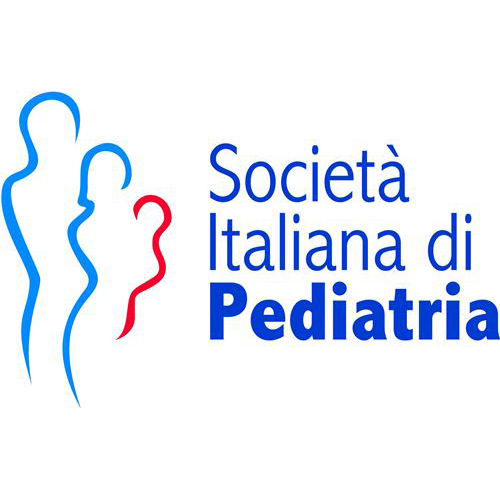
by Valeria Confalonieri | Aug 2, 2022
Surgical site infections (SSIs) are increasingly sustained by microorganisms resistant to several antibiotics, particularly methicillin-resistant S. aureus (MRSA) and extended-spectrum beta-lactamase- producing Enterobacteria (ESBLs). In the patient undergoing...

by Valeria Confalonieri | Aug 2, 2022
Administration of peri-operative antibiotics within 60 minutes after the start of surgery, and particularly after skin incision, appears to ensure adequate drug concentration in the serum and tissues at the site of surgery so as to reduce the risk of postoperative...

by Valeria Confalonieri | Aug 2, 2022
The choice of administering peri-operative antibiotics depends on the type of surgery, the related infectious risk, and the patient’s underlying condition. The goal of proper peri-operative antibiotic prophylaxis is on the one hand to prevent morbidity and...

by Valeria Confalonieri | Aug 2, 2022
Preoperative preparation of the surgical infant and child includes disinfection of intact skin, which should be performed immediately before surgery within the operating room. Skin disinfection and preparation play an important role in the prevention of surgical site...

by Valeria Confalonieri | Aug 2, 2022
In neonatal and pediatric settings, surgical site infections (SSIs) occur in 2-10% of surgical procedures and are associated with prolonged hospitalization, increased mortality, and increased costs to the health care system. Most SSIs are acquired in the operating...








Recent Comments